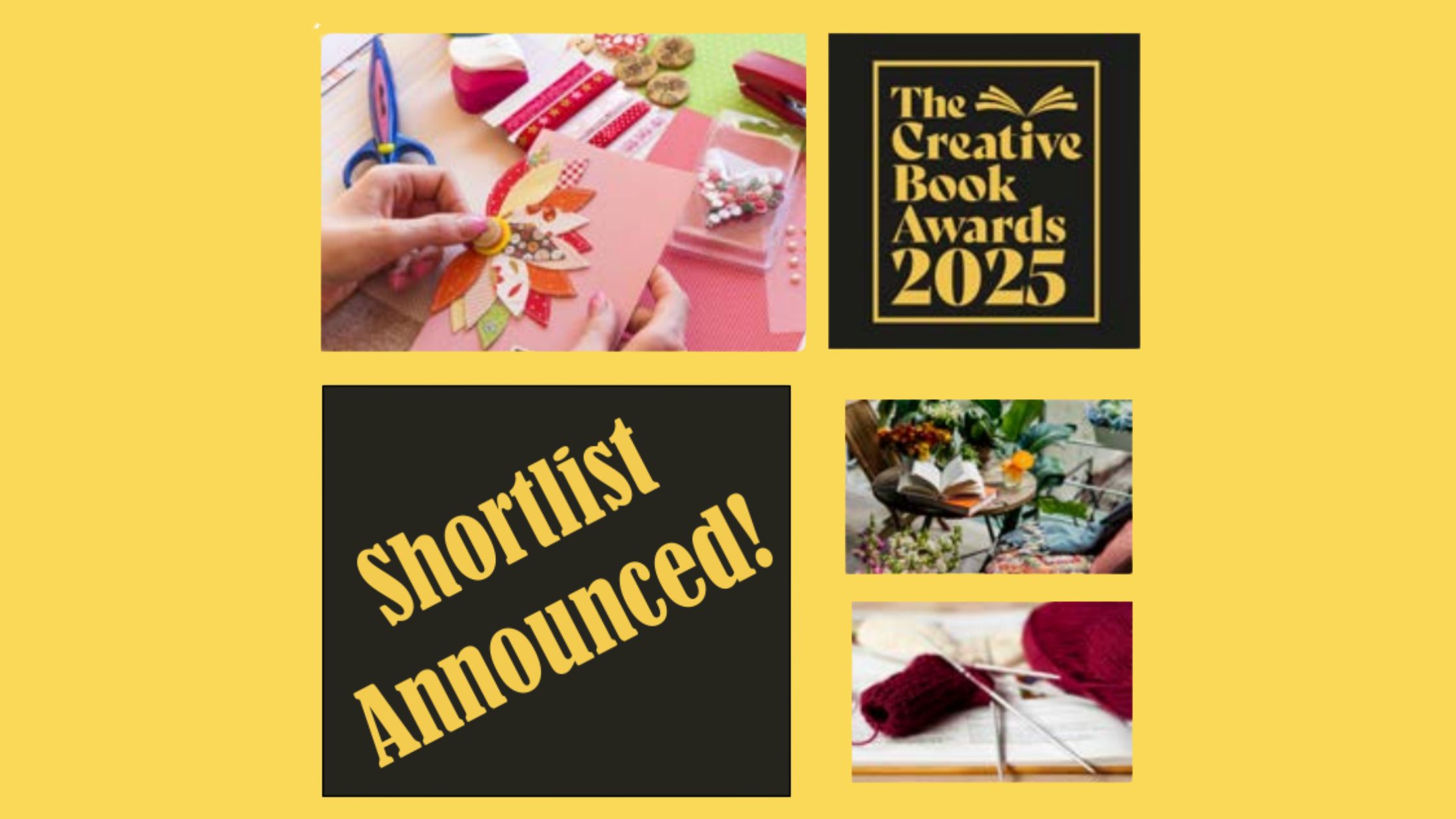Hand stitch embroidery pattern problems and how to solve them
clothing, crafts, easy, embroidery, guide, how-to, Sewing, sewing, stitching, style
2019

From free-motion embellishments to hand-sewn pet portraits, our four experts are on board to solve your embroidery woes!
“I’m working on a free-hand embroidery piece, but my thread keeps fraying and breaking! How can I stop this from happening?”
Crafter and store owner, Poppy says:
“This is a common problem when you’re new to free-hand embroidery, and it’s almost always caused by the fabric tension. If the material is relaxed, it will move as the needle hits it and the thread won’t have a clear path so it will fray or snap. To prevent this, stretch the material over an embroidery hoop to be sure that it’s taut, and check the tension on the machine – I set mine around the middle or a little bit tighter. There’s also a few more things to consider: is the machine threaded correctly? Are you using good-quality thread? I’d recommend Gütermann’s Sew-All version. Check that your needle isn’t blunt, too, as this sometimes causes fraying; I use a 14/90 needle, which works incredibly well for free-hand embroidery!”
“I want to embroider an image of my pet. How can I ensure that I create a realistic portrait?”
Michelle from pet portrait embroidery shop, Stitching Sabbatical advises:
“The best way to make a life-like portrait is to capture your pet’s personality. Ask yourself: what facial expression do you associate with them? Do they have a favourite treat or toy? Then try to capture that in your embroidery. Often, I study the animal before beginning a portrait, so I can mentally plan out the piece. Also, always stitch what you see and not what you think you know! You might remember how your pet’s fur flows down their body, but are there any cowlicks? If so, add them to the portrait. Similarly, when choosing shades for the embroidery, grab a bunch of threads that you think you’ll use, then get another fistfull which are close in colour. My preferred thread is DMC cotton, and I always sew on cotton twill because it’s thick, has the perfect amount of stretch, and is ideal for both heavy and delicate sewing. If you use a material that is too thin or stretchy, the stitches will cause the fabric to bunch up and the finished hoop won’t look as neat or professional. My final slice of advice is to have fun with it – I’m sure it’ll turn out great!”

“I’ve just finished hand-embroidering a design, but there are chalk and hoop marks on it! How do I remove them?”
Beth from Etsy embroidery store, Drop Dead Threads recommends:
“One of the advantages of using chalk as a marking tool is that it brushes off easily. However, for those areas that are left behind, I suggest using a damp, clean cloth and gently dabbing at it. Personally, I prefer to use a heat erasable pen for marking my embroidery, and remove the lines with a hairdryer once I am finished. Hoop marks, on the other hand, are more stubborn! Put a small amount of baby shampoo on a damp cloth and dab away – avoid rubbing as this can set the stain further into the fabric. If that fails, you can soak the entire embroidery in warm water and shampoo, as long as your thread is colour-fast, then iron once it’s dry. However, if hoop stains are a regular occurrence, I recommend wrapping the rings with bias binding whilst you sew; this not only helps to keep your work nice and clean but it also adds friction to keep the fabric taut.”

“What’s the best machine foot for free-motion embroidery? And is there anything I need to be mindful of before I start?”
Cinnamon Crafts IOM owner and sewer, Angela says:
“Most crafters prefer to attach a darning foot for free-motion embroidery, but advanced stitchers don’t use a presser foot at all as machines still sew as long as the foot lever is down. To begin embroidering, stabilise the material, then lower the feed dog to allow the fabric to move freely under the needle. Next, pull the cloth taut; the best way to do this is to place the area you’ll be working on upside down in an embroidery hoop so that the fabric is against the bed of the machine. You’re almost there! Now, lower the presser foot and slowly descend the needle using the handwheel, then raise it to bring the bobbin thread to the top. Hold the top thread and the bobbin thread tails, then add a few stitches to secure, and sew.”

“Do you have any top tips for hand-sewing?”
Sew magazine contributor and author, Susie shares:
“When sewing by hand, use a hoop and choose stable cotton or linen fabrics – not poly-cottons or other synthetics. Also, remember to wash and iron the material before use.”
New this week
.jpg)
Quick Quilting & Patchwork Patterns and Inspiration
9 Apr 2025
[includes sponsored content] From small pieced projects to statement throws, these patterns and products…

Easy Ways To Get Kids Sewing!
11 Mar 2025
[contains sponsored content] Share your love of sewing with a young one and give…

Creative Book Awards 2025 Shortlist Unveiled!
17 Jan 2025
Welcome to the Creative Book Awards 2025! Since launching in 2021, these awards…

